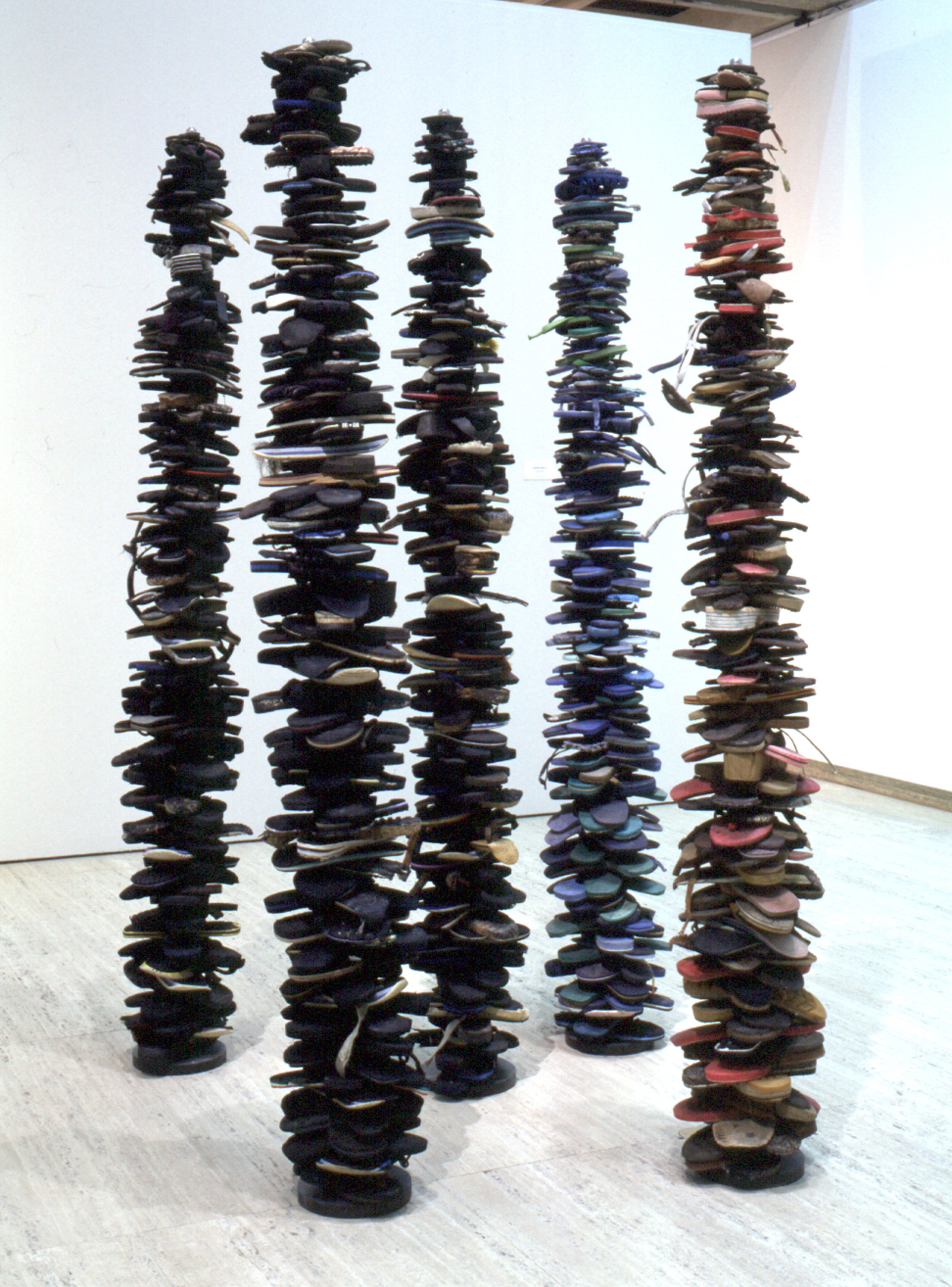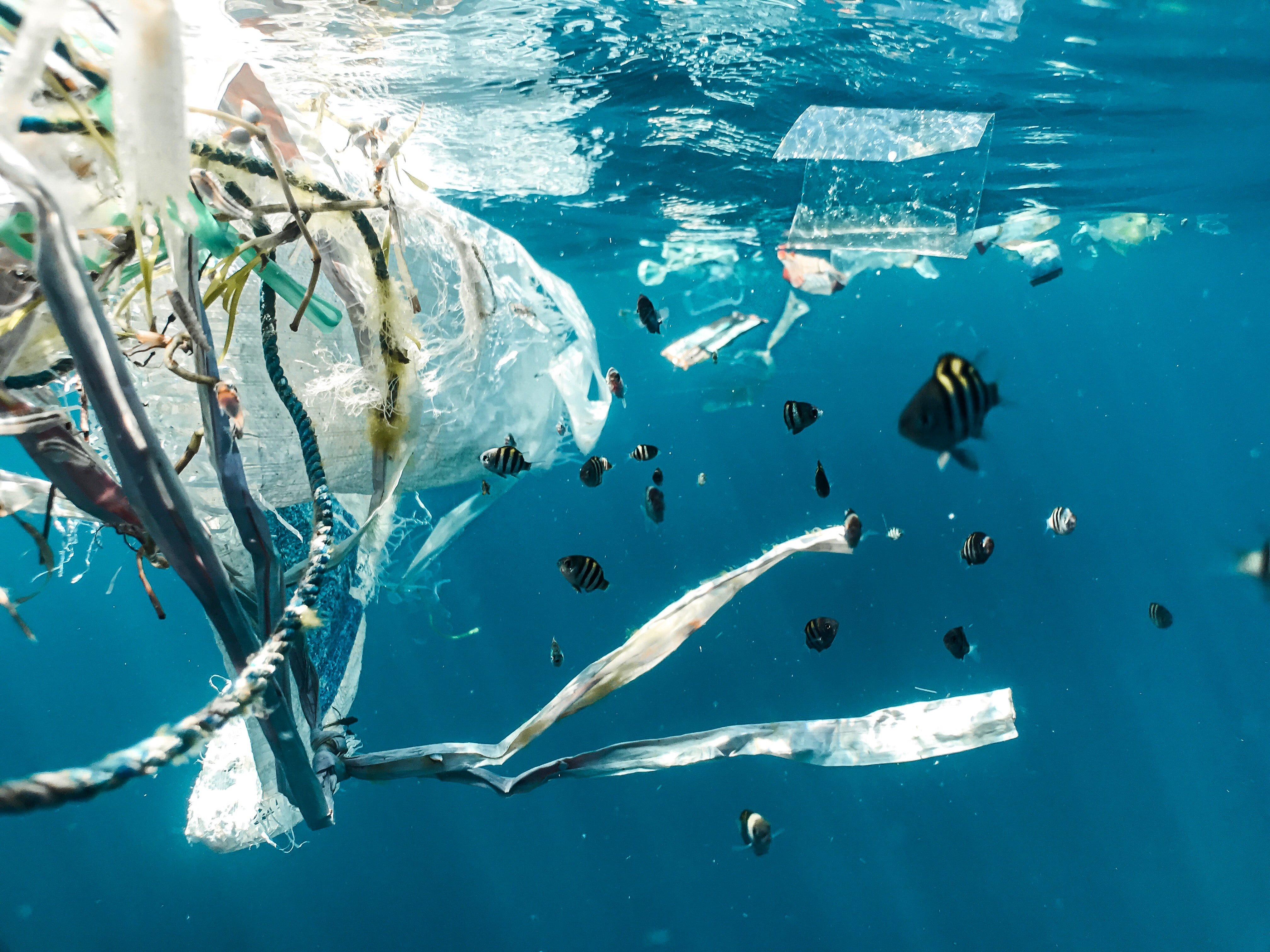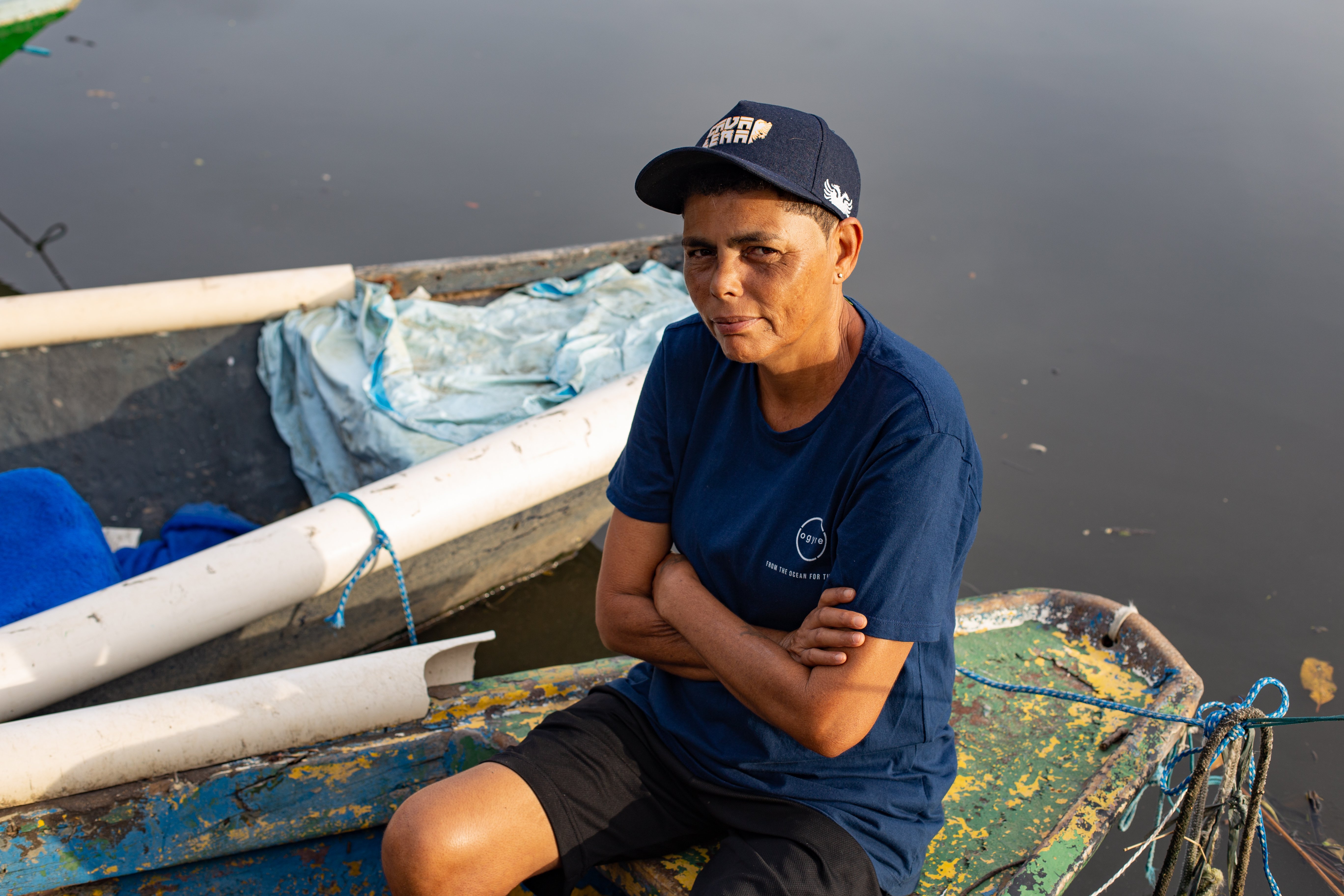Unveiling The Allure of John Dahlsen’s Journey Of Environmental Reckoning
Da pittore ad artista ambientalista
It’s only 7 AM in Queensland when Australian artist John Dahlsen appears on the screen for our scheduled chat—a bright beam of white light enshrines him, enhancing his already vibrant energy. Brisbane may just be waking up, but John is wide awake and has already been active for a few hours, taking calls and discussing a project he’s currently working on for the MAAT, Lisbon’s Museum of Art, Architecture, and Technology.
A youthful sage, introducing his alluring personality and extensive body of work is not an easy task. John’s curriculum dates back to the 1970s; it's vast and filled with incredible accolades spanning endless awards, international exhibitions, and interviews in some of the best art magazines out there. Yet, he radiates a sense of calm and humbleness that only a few possess. Maybe it’s the Australian in him—or the luscious mane of hair on his head—but more than a famed artist, it feels like we are talking to a laid-back surfer who just came back from successfully shredding a few good waves.
John’s work is multifaceted; it varies in medium and technique. While his early practice focused on color and composition through a more classical approach to painting, it is his assemblage and site-specific series that propelled him to fame. Recently, however, he has been experimenting with NFTs as well. Staying flexible and continuously trying new things, as we will learn later, is what keeps him alive.
Known for his use of recycled materials and his concern for the environment as a subject matter, his interest in the health of the ocean was a gradual process of self-awareness and understanding that started after he moved to Byron Bay at the beginning of his career. The house he rented with his partner had beautiful whitewashed wooden ceilings that reminded him of the stacks of driftwood that could be found on a remote beach on the south coast of Australia where, many years prior, he used to collect materials to make furniture. Inspired to pick up the practice again, he drove down only to find the beach covered in plastic. Intrigued by the color and shape of the bits of litter entangled in the wood he picked up to create items for his new home, John ended up collecting over 80 bags of discarded plastic material and shipping them back to his studio. Decades of outstanding masterpieces followed, and his signature style was forged.
We talked to John about his relationship with the ocean, his art, and the lessons he’s learned along the way. Take a read.
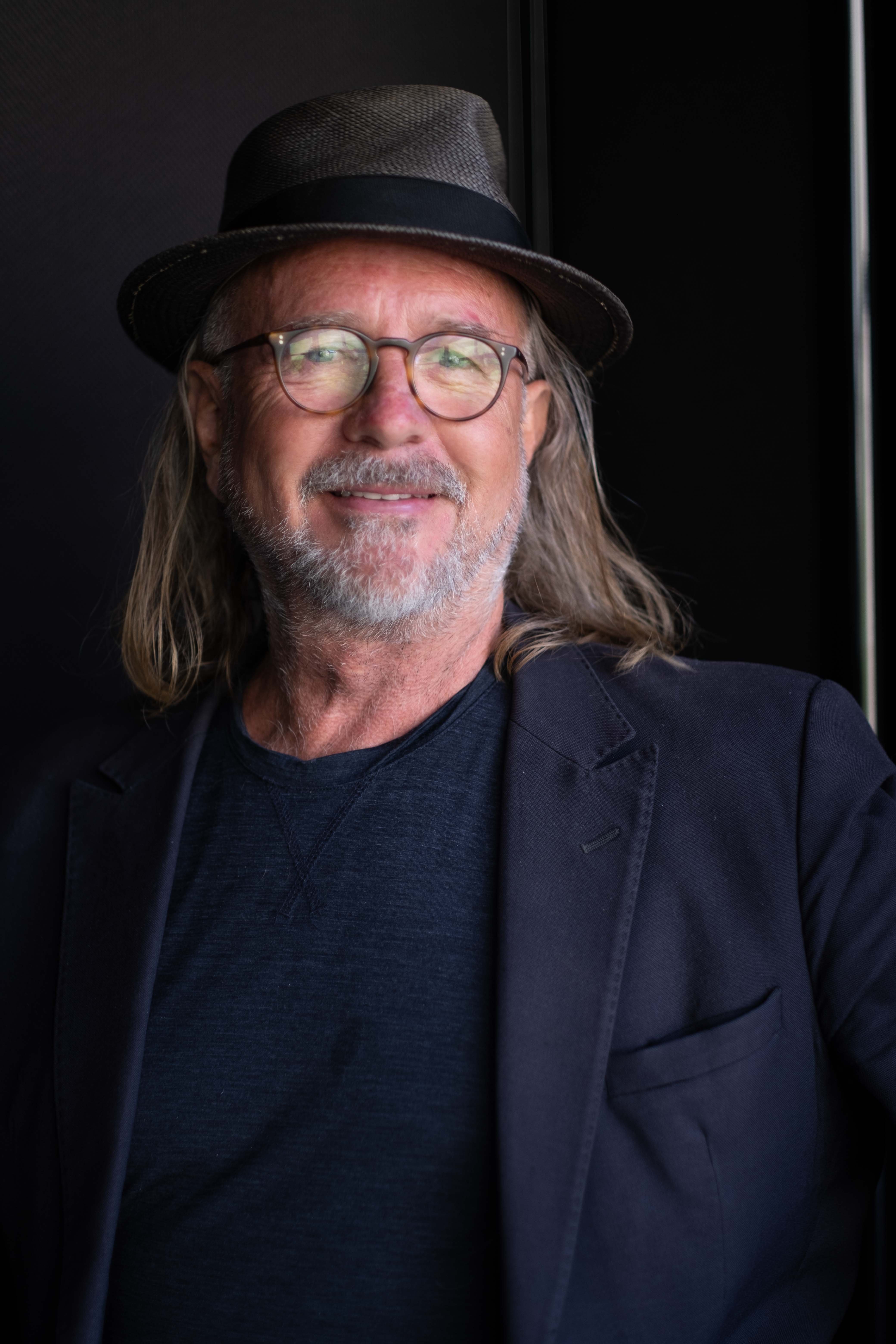
Fotografia di Nicola Redfern
OGYRE – Hi John. Nice to meet you! Your CV speaks for itself, but would you mind telling us how you got where you are today?
JOHN DAHLSEN – It started when I was very young. My interest in art was quite profound from a reasonably early stage. Around the age of 17, I began diving into art and started creating bodies of work, but I wasn't necessarily concerned with the environment. For about 15 years or so, I was a painter concerned with learning the ropes of how to work in the art world and exhibit, how to make good art, and how to bring my attention to all of these different formal qualities of making good quality contemporary art. My big turning point happened when I moved to Byron Bay 30 years ago. The home I had rented with my partner had these whitewashed walls and ceilings that reminded me of the driftwood I used to make furniture with many years prior. I knew these very remote beaches on the bottom part of Australia, two days' drive away from where we were, where the driftwood stacked up to almost the top of the door. So we went back there to get material to furnish our house, and I noticed all this plastic washing up on the beaches and then tumbling behind the dunes and getting entangled in the driftwood. I began collecting it to take it to the local recycling center. But the more I collected, the more I started to be intrigued by the color, by the shape, and by what nature had done to a man-made product. It fascinated me. Nature had rounded off and softened the harshness of plastic, which can be quite a hard material. I thought I could make art out of it. And this was sort of an aha moment. It started there.
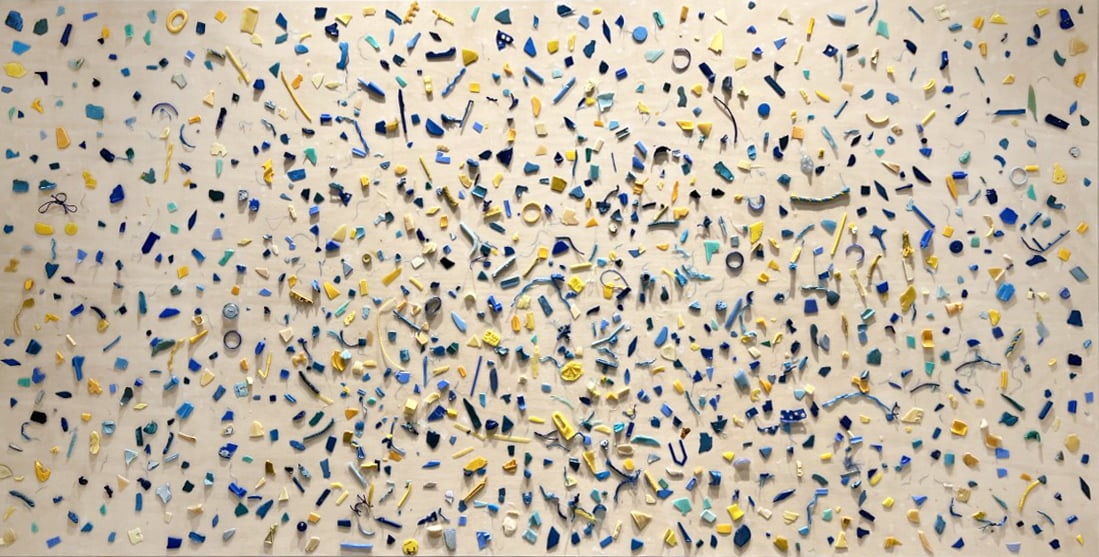
Fotografia concessa da John Dahlsen
OGYRE – That's super interesting. What was the name of the beach where you first encountered all this plastic?
JD – So I've been calling it spot X, but do you want to advertise it to the world my secret?
OGYRE – Absolutely not! When did your interest in the environment come about?
JD – I didn't have a plan. In a lot of ways, it was quite accidental. I went there to collect the wood, and I just stumbled across all of this plastic. I started to see a vision of the possibility of working with it, but I had enough care for the environment to pick it up and take it off the beaches. I call myself an accidental environmental artist.
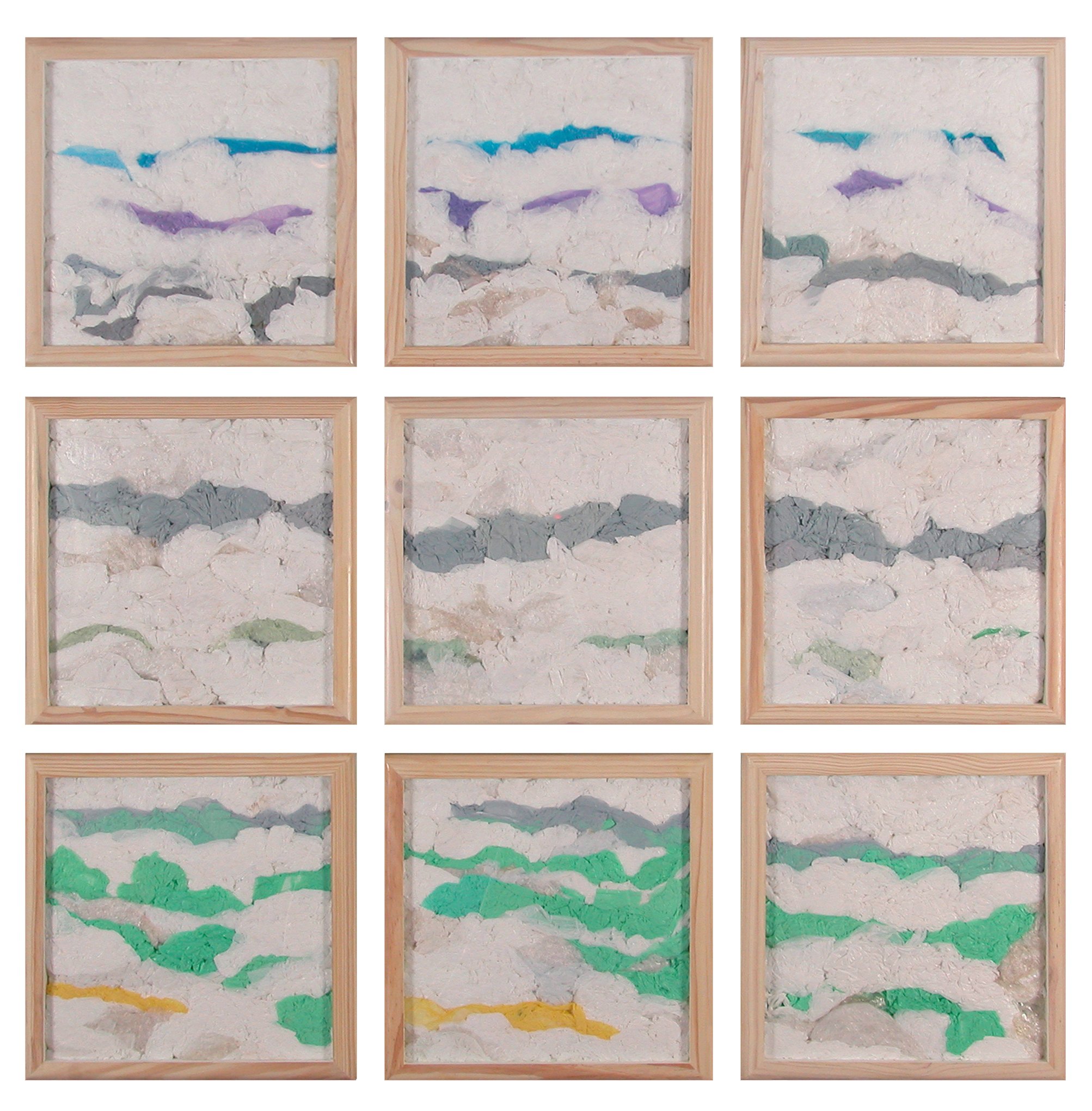 Fotografia concessa da John Dahlsen
Fotografia concessa da John Dahlsen
OGYRE – Can you tell us about your creative process?
JD – Sometimes I see a particular piece of plastic, and I think, "Oh, that's going to look right in one of my totem pieces." But generally, my process is an iterative one. One thing leads to another, and in that sense, it's quite organic. I trust in that process orientation.
OGYRE – How did the assemblage series come about?
JD – That was the first series of works that I started on a large amount of plastic I had collected. I had enough pieces to fit in a shallow frame, and when arranged, it looked like an abstract landscape. It satisfied what I needed for the picture plan in terms of composition; it was a very contemporary expression. So I kept working on these different series of environmental assemblages until I felt like I completed a series. Once I felt confident with those, I started looking at the larger objects and how I could work with them. I looked up what a totem was in the Oxford Dictionary, and it said it was a symbol of a clan. And I thought, here we go, this is probably really indicative of where our current state of the environment is with the people on the planet. There is all this litter being released into the ocean that is forming Garbage Patches the size of Texas in Hawaii and also Japan. And I started getting concerned about it.
